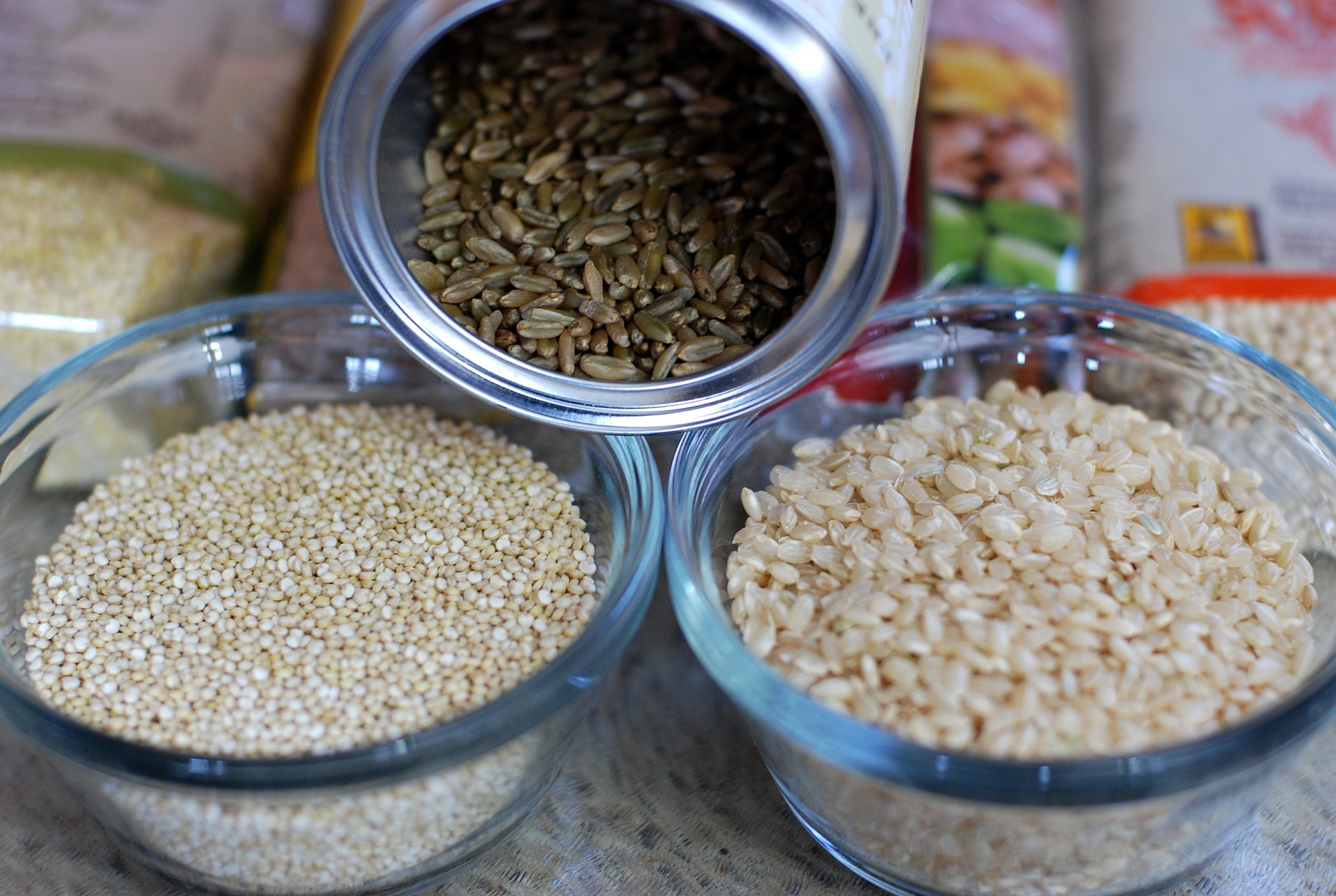In the food we eat in order to sustain life, we should promote the simple and the wholesome. We should not allow what we eat to injure our body, nor let the five flavors do battle with our five organs.
-Compendium of Food and Drink, 1591
In modern world with plentiful choices of food at our finger tips, the question of ‘what to eat’ has more complicated because heavily processed food has become the norm for many people. If we stand in a supermarket today, especially in the middle aisles which often the edges between real food (vegetables, fruits and nature born food) and processed food and look around, most of hundreds of items on display would be food-like substances. And we get easily confused between diets proposals including high protein diet, low or zero carbohydrate diets, paleolithic diets, gluten-free diets, dairy-free diets, low or high fat diets, detox diets, and so on.
There is compelling evidence that a diet high in whole grains, vegetables, fruits, nuts and seeds with small or moderate amounts of fish, dairy, poultry and meat, polyunsaturated fats and monounsaturated fats and monounsaturated fats, results in better health outcomes than a diet high in refined carbohydrates, meat, full fat dairy and other saturated fats. The healthy diet is built on a foundation of mild-flavored foods such as whole grains (rice and millet in Asia, maize in the Americas, oats, wheat, barley and rye in Europe, and wheat in the Middle East ), legumes (beans and peas, lentils), vegetables and fruits. These are considered easy to digest and to be uplifting and full of Qi. Relatively small amounts of rich foods such as meat and fish, oils and fat, spices, dairy foods, eggs, salt, and sugar add nourishment and savor to a diet based on light foods. This way of eating was broadly followed by most communities in the world until the modern age, since animal foods were expensive and rarely formed the center piece of the meal as they do in modern Western diets.
The balance of light rich foods in our diet is important and should be adjusted to our age and levels of physical activity as well as to the season we live in. For example, growing youths, pregnant women, those engaged in physical training, people living in cold winter, tend to need more rich nourishing foods. The elderly, those with weak digestions, recovering from illness or more sedentary life, need less richness and more light foods.
1. Whole grains
Cultivated whole grains have been the foundation of human diet for many thousands of years.
As vital sources of protein, carbohydrates, vitamins, minerals and fiber, it is estimated they provide around half of all the energy and protein in most of diets. The refining whole grains removes some of the most valuable parts of the grain- the bran (comprising indigestible fiber which is essential for good digestion and microbiota support, as well as some protein and trace minerals). Unrefined whole grains and grain-like plants include brown rice, whole wheat, maize (corn), oatmeal and rolled oats, pot barley, spelt, rye, millet, quinoa, chia and buckwheat. In some traditional diets, they are fermented in order to enhance flavor and texture, to improve digestibility and to enrich their nutritional content. Examples include naturally leavened (sourdough) and slow-fermented yeasted breads, Russian fermented oat dishes, Japanese miso (barley fermented with soya beans). As complex carbohydrates, they are digested more slowly, lowering blood glucose levels, helping prevent weight gain, benefitting metabolic syndrome, and reducing cholesterol. Eating whole grains maintain high fiber contents and benefits the heart and blood vessels, reducing the risk of heart failure, coronary heart disease and hypertension. In a dramatic illustration of the effects of low versus high fiber foods, 20
Americans swapped diets with 20 rural South Africans. After just two weeks on the maize, vegetable, legumes and fruit diet, the Americans showed significantly reduced markers for inflammation linked to colon cancer, while the same markers were dramatically increased among the South Africans eating a typical American high-meat, low vegetable diet. It is believed to the changes to measurable alterations in the gut bacteria.




